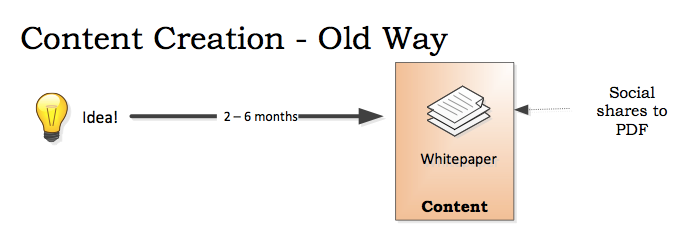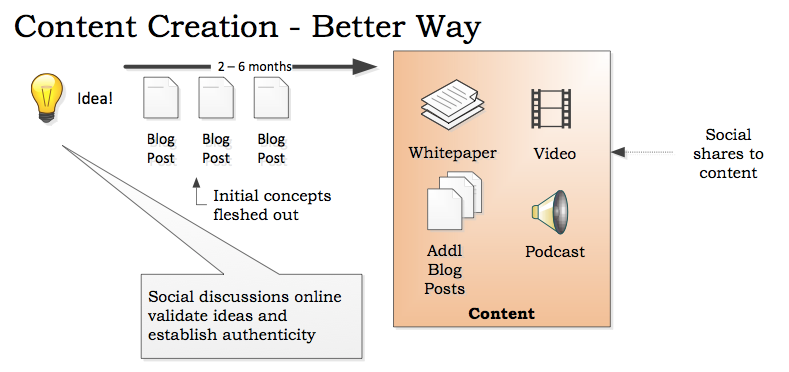Are you crediting your OECD data properly?
You can’t simply grab data for use in your white papers, articles, and blog posts. You may not have the right to use as much of the information as you like, as I’ve explained in “Legal danger for financial bloggers: Two misconceptions, three resources, one suggestion.” Assuming it’s okay to use the data, you need to give the proper credit for it. Some data providers ask for more than others, as I discovered when I looked at the website of the Organisation for Economic Co-operation and Development (OECD). OECD data is often cited in white papers of investment and wealth management firms.
In this post, I describe some steps you can take to use OECD data according to its guidelines. Please check directly with the organization if you have questions. They’re the authority on the use of their data.
1. Check to see if you need permission
Below is what I found on the OECD website about using its data:
You can copy, download or print content for your own use, and you can also include excerpts from OECD publications, databases and multimedia products in your own documents, presentations, blogs, websites and teaching materials, provided that suitable acknowledgment of OECD as source and copyright owner is given. You should cite the Title of the material, © OECD, publication year (if available) and page number or URL (uniform resource locator) as applicable.
All requests for commercial use and translation rights should be submitted to rights@oecd.org.
This description is vague enough that I wondered if you can use OECD data in a white paper without paying a fee. After all, white papers seems like commercial use to me. I found a pretty broad definition of commercial use on TheHelpful.com. My philosophy about using copyrighted data is “When in doubt, ask for permission.” I emailed the OECD to ask if it’s okay to use its data in a white paper with attribution.
2. Work within the OECD’s constraints
Here’s the part of the reply I received from an individual in the OECD’s rights area.
Thank you for your message. There are no objections concerning the reproduction of OECD data (values) to create your own graphs/tables/charts provided that suitable acknowledgment of OECD as source and copyright owner is given. The material should be cited as follows : Based on data from OECD, title of the dataset, title of the database, friendly url, date of access
It seems as if you are free to cite some data in your text and even to create your own graphs, tables, and charts using the OECD’s data. Make sure those exhibits are truly your own. You can’t simply reproduce OECD exhibits.
Make sure you give proper credit in your exhibits based on OECD data. I’m guessing that the OECD’s preferred citation, “Based on data from OECD, title of the dataset, title of the database, friendly url, date of access,” goes into more detail than many writers commonly provide. However, you probably should have those details available anyhow to keep your firm’s compliance professionals happy.
3. Contact the OECD if you seek to reproduce materials or make commercial use
Found a great OECD graph, chart, or document that you’d like to reproduce? Play it safe by contacting the OECD for permission. Here’s what the OECD told me about rights requests.
Should you wish to use OECD data/reproduce OECD published material for commercial purposes, please send us more information about your intended use by completing the following form:
About the OECD material you want to reproduce:
Full title:
Publication date:
ISBN:
Internet address (if applicable):
Exact pages / charts / data to be reproduced:
Will you translate the material? If yes, into which language?About you:
Name:
Full address:
Email:About your work:
Title:
Number of pages*:
Planned publication date :
Publisher’s name, address:
Print Run*:
Public Price*:
If published online:
Number of subscribers*:
Price of the subscription*:* even if approximate
Comments (if any):
Stay safe by following the rules when you cite other people’s data! Contact the OECD if you have any questions.
Image courtesy of adamr at FreeDigitalPhotos.net




